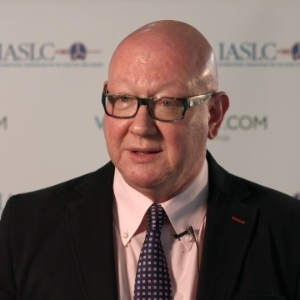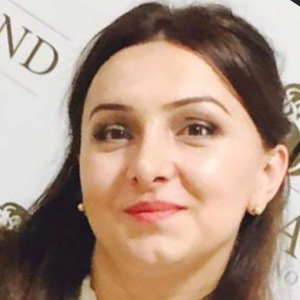Nail discoloration is a common dermatological problem that can affect fingernails and toenails. It may appear as white spots or lines, yellowing, or a change in color of the nail. This can be caused by a variety of conditions, including injury, fungal infection, and metabolic disorders. Nail discoloration is often caused by trauma. Injury to the nail, such as stubbing a toe or dropping an object on the finger, will sometimes cause a streak of white, brown, or black in the nail. This injury is known as a "traumatic melanonychia" and is caused by the presence of melanin, the same pigment that is responsible for tanning skin. Fungal infections, such as onychomycosis, may also cause discoloration of the nails. Symptoms include a yellowish discoloration of the nails, thickening of the nails, and the presence of debris or a foul smell. Fungal infections of the nail may require treatment with antifungal creams or oral medications. In rare cases, metabolic disorders may also cause nail discoloration. For example, yellow nails can be associated with liver disease, and blue-gray nails may be associated with diabetes or kidney disorders. Treatment for nail discoloration depends on the underlying cause. Mild discoloration caused by trauma may improve without treatment. For fungal infections, antifungal creams or oral medications may be necessary. If a metabolic disorder is suspected, medical tests such as a liver function test or glucose tolerance test may be necessary to diagnose the disorder and provide treatment. In summary, nail discoloration can be caused by trauma, fungal infections, or metabolic disorders. Treatment depends on the underlying cause and may include antifungal medications or further medical testing. If you are concerned about nail discoloration, it is best to consult a dermatologist who can assess the cause and provide the best course of action.

Irina Sergeeva
Novosibirsk State University, Russian Federation
Dave Ray
Dave Ray Enterprises., United States
George Sulamanidze
Plastic Surgeon at Clinic of Plastic and Aesthetic Surgery and Cosmetology TOTALCharm, Georgia
Sergei A Grando
University of California Irvine, United States
Nino Tsamalaidze
Ltd Karabadini+, Georgia
Lina Petrossian
California University of Science and Medicine, United States
Surajbala Khuraijam
Manipur Health Services, India
Shrutimita Pokhariyal
Symbio, India
Yasser Mohammed Hassanain Elsayed
Egyptian Ministry of Health, Egypt



Title : Paraneoplastic Autoimmune Multiorgan Syndrome or PAMS: Paraneoplastic pemphigus revisited
Sergei A Grando, University of California Irvine, United States
Title : Modern non-invasive methods for in vivo assessment of skin
Georgios N Stamatas, SGS, France
Title : Personalized and precision dermatology through the view of biodesign-inspired translational & data-driven applications: Revolutionary skin treatments for every concern in clinical dermatology integrating skin care experts and consumers
Sergey Suchkov, N.D. Zelinskii Institute for Organic Chemistry of the Russian Academy of Sciences, Russian Federation
Title : The next generation of threads: Lifting, volumization, and biostimulation in one powerful triple action
George Sulamanidze, Plastic Surgeon at Clinic of Plastic and Aesthetic Surgery and Cosmetology TOTALCharm, Georgia
Title : Lymphoproliferative diseases in the practice of a dermatologist
Irina Sergeeva, Novosibirsk State University, Russian Federation
Title : Comparative efficacy of omalizumab and dupilumab in children with Chronic Spontaneous Urticaria (CSU): A retrospective cohort analysis
Molynna Nguyen, University of Toledo, United States
Title : "Mirror mirror on the skin” — A low-cost community strategy to reduce melanoma disparities in Washington, D.C.
Kayla Sampson, Georgetown University School of Medicine, United States
Title : Vitiligo: Not just an aesthetic disorder
Mateja Starbek Zorko, University Medical centre Ljubljana, Slovenia
Title : Personalized and Precision Medicine as a unique avenue to have the healthcare model renewed to secure the national biosafety: Advanced skincare solutions in individualized cosmetology, reconstructive plastic surgery and the modern beauty
Sergey Suchkov, N.D. Zelinskii Institute for Organic Chemistry of the Russian Academy of Sciences, Russian Federation
Title : Efficacy and safety of CE ferulic and resveratrol serums after fractional CO? laser: A split-face controlled trial
Yu Shi, Shanghai Skin Disease Hospital, China